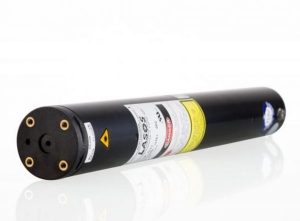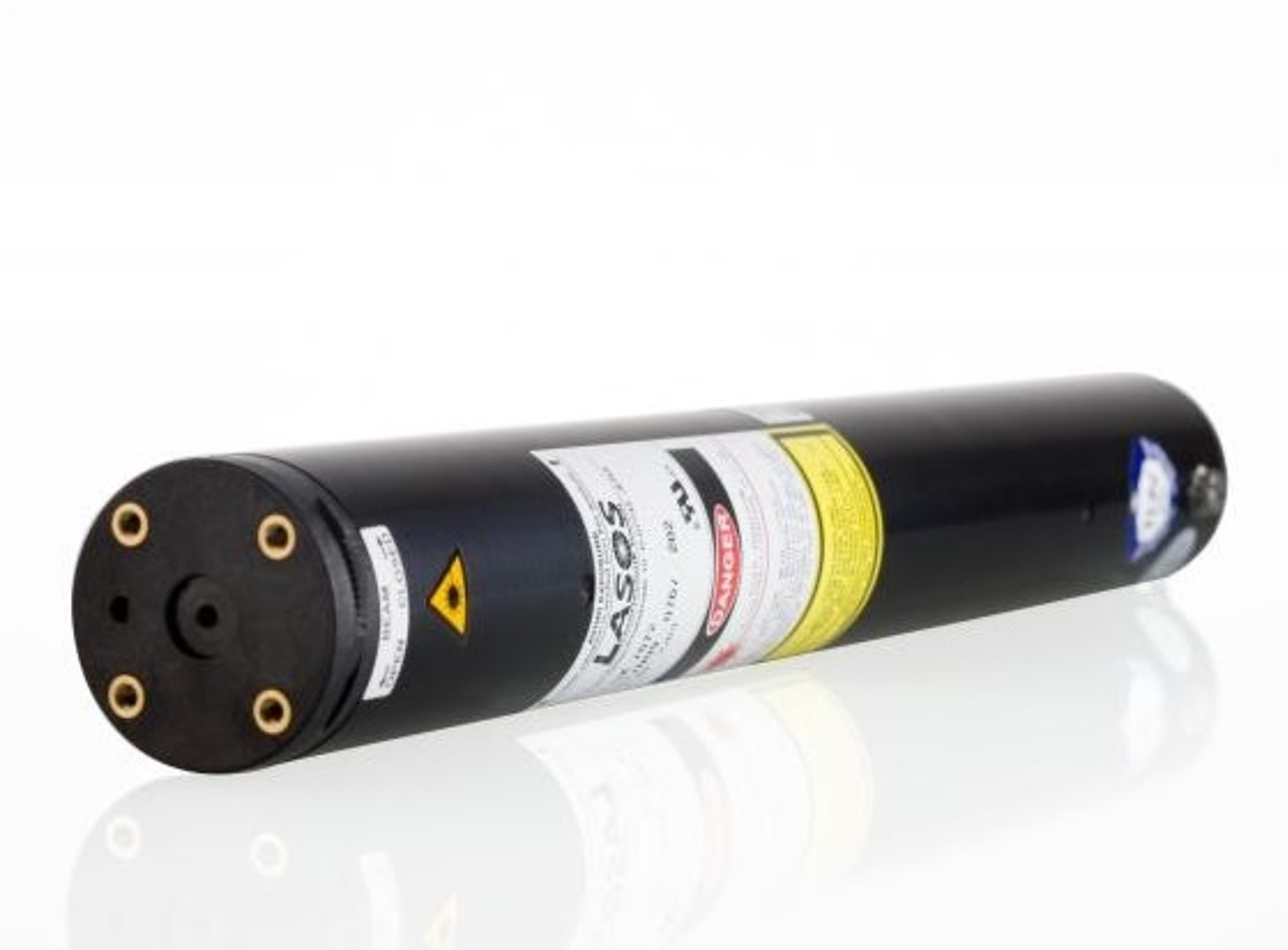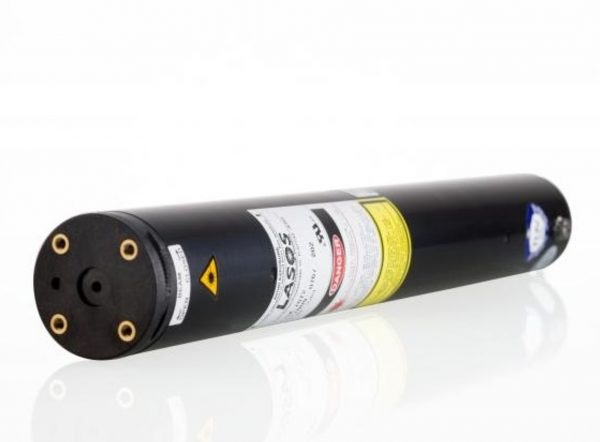LGK 7610
Laser Module, He-Ne, 632.8nm, Polarized
Key Features:
- 2mW CW output power
- 633nm wavelength
- 30,000 hour lifetime
- Low noise and high stability
- Excellent beam quality
- Excellent pointing stability
There are many configurations and options available. If you do not see exactly what you need below, please contact us!
Need Quantities? Have a question?
POPULAR CONFIGURATIONS:
Picture |
Part Number |
Part Description |
Datasheet |
Price |
Lead Time |
Quantity |
|
|---|---|---|---|---|---|---|---|

|
LGK 7610 |
He-Ne Laser Module 632.8nm, 2mW with a 0.63 mm Beam Diameter |
|
$917.88 |
Inquire |
Get Quote | |

|
LGK 7610 P |
Polarized He-Ne Laser Module 632.8nm, 2mW with a 0.63 mm Beam Diameter without sidelines |
|
$990.70 |
Inquire |
Get Quote | |

|
LGK 7610-02 |
He-Ne Laser Module 632.8nm, 2mW with a 0.63 mm Beam Diameter w/ No Polarization Switching |
|
$960.36 |
Inquire |
Get Quote |
The LGK series of HeNe laser modules boast an excellent TEM00 beam, robust mechanical design, a long service life of up to 30,000 hours, and are available in 543, 594, and 632.8nm wavelengths, with output powers up to 20mW. Choose between standard and customized models, with options for single or multimode, random or linear polarization, Brewster window tubes, and fiber coupling. Designed for long life, low noise, and high stability, with many customization options, these HeNe lasers are perfect for spectroscopy, interferometry, holography, and more!
Benefits:
- High stability and Low Noise:
- Ensure consistent and accurate results, minimizing the risk of errors and reducing the need for adjustments or recalibrations.
- Long life and Robust Mechanical Design:
- Minimize downtime and replacement costs, providing peace of mind for customers and reducing the risk of unexpected failures.
- Custom Models:
- Tailor the Helium-Neon modules to your specific needs, ensuring optimal performance for your unique applications.
- Versatile Power Supply Options:
- Use your module in a variety of settings, reducing the risk of compatibility issues and providing flexibility for future changes in power requirements.
- High Coherence Length:
- Coherence length varies from 20 cm (multimode) to more than 100 m, depending on cavity parameters, mirrors, and etalons used.
- Stable Central Wavelength:
- Very stable oscillation frequency of <1 MHz (<0.001 pm @633 nm) with stabilization measures. Non-stabilized lasers can drift in the range of 1 pm.
- High Spectral Purity:
- We can force the laser to oscillate in just one of several emission bands. No spontaneous emission or emission from other bands is detectable.
- Good Beam Quality and Alignment:
- The longer the tube, the easier it is to get good Gaussian beam profile, good beam quality and very good angular and spatial alignment with respect to the laser housing.
- Low-Cost:
- Many years of HeNe laser manufacturing have allowed for more efficient, time-tested process, providing cost-effective, repeatable performance.
All laser models can be provided with adequate OEM and laboratory power supplies, meeting the European and American standards with the availability of approvals and certificates: CDRH, IEC, CSA, CE, TÜV, UL.
RPMC Lasers’ series of Helium-Neon modules provides customers with a high-quality, reliable, and flexible solution for their laser needs. With a focus on quality and precision, these modules are designed to minimize risk and provide peace of mind for customers. Whether for scientific, industrial, or medical applications, the Helium-Neon modules are a proven and trusted choice.
If you have any questions or need more information, please contact us.
| Wavelength (nm) | |
|---|---|
| Output power (W) | |
| Mode | |
| Output |

 SHIPS TODAY
SHIPS TODAY 


